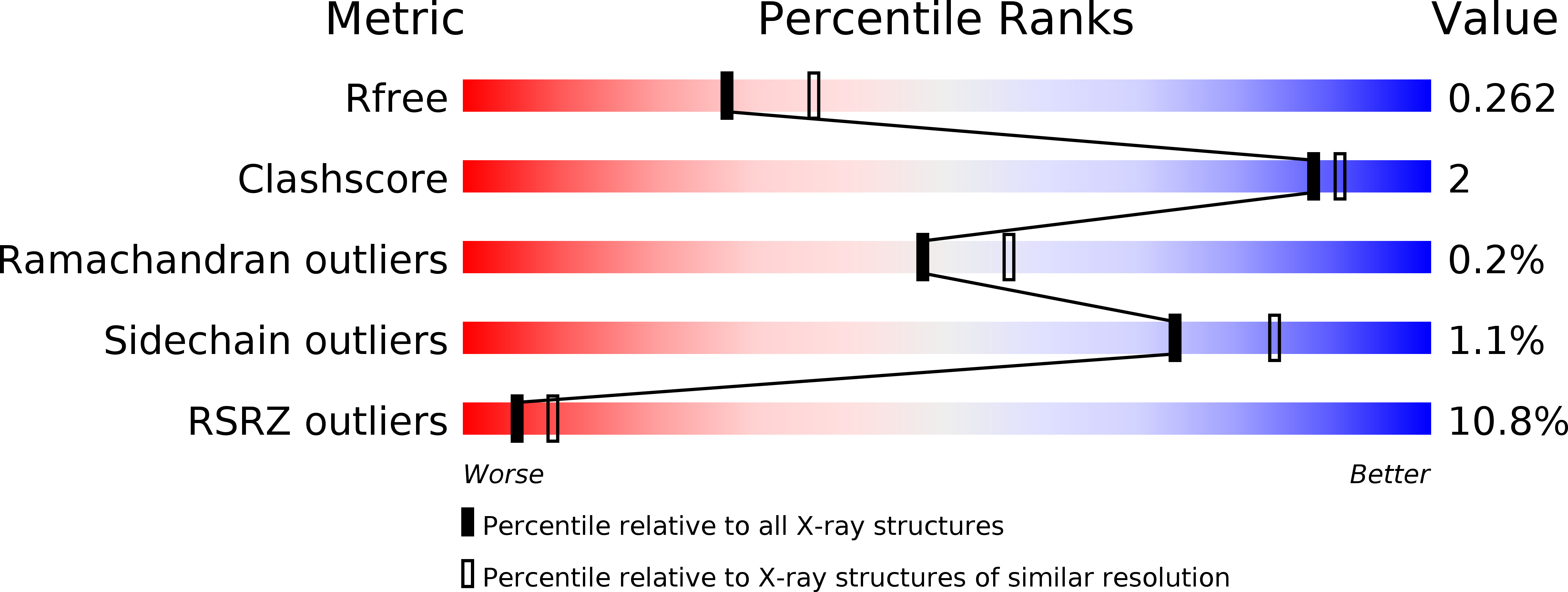
Deposition Date
2020-07-17
Release Date
2020-09-16
Last Version Date
2023-11-15
Entry Detail
Biological Source:
Source Organism:
Rattus norvegicus (Taxon ID: 10116)
Gallus gallus (Taxon ID: 9031)
synthetic construct (Taxon ID: 32630)
Bos taurus (Taxon ID: 9913)
Gallus gallus (Taxon ID: 9031)
synthetic construct (Taxon ID: 32630)
Bos taurus (Taxon ID: 9913)
Host Organism:
Method Details:
Experimental Method:
Resolution:
2.35 Å
R-Value Free:
0.25
R-Value Work:
0.22
R-Value Observed:
0.22
Space Group:
P 21 21 21


